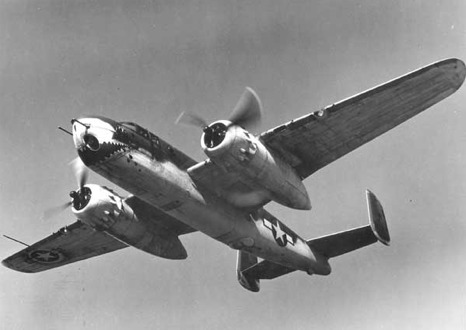The Bomber Peak Crash Site

Source: From B-25 Bomber Royalty Free Pictures
When a 1955 storm blanketed the Wasatch Mountains in eighteen fresh inches of snow, a U.S. Air Force pilot lost control of his B-25 and crashed into eastern flank of Mount Timpanogos. Although search parties were sent, no survivors were found. Decades later, remnants of the aircraft can still be seen by hikers.
On March 9, 1955, a World War II-era B-25 bomber took off in Great Falls, Montana, refueled at Hill Air Force Base in Ogden, and attempted to cross the Wasatch Mountains as it made its way towards a base in Riverside, California. In snowy conditions blanketing the area, an unknown series of events led to the plane crashing around 7:30 p.m. Although the wreckage was found the following day, avalanche threats prevented an immediate rescue. Local hikers were the first to reach the crash site, where they discovered scattered body parts and the bomber’s deceased pilot, who was “fastened into his seat . . . apparently in an upright position, but was decapitated.”
The next day, volunteers searched through the wreckage and snow until they found four of the bodies on March 15. The fifth and last body was not recovered until May 30, more than two and a half months after the crash. Sometime in June, two residents from Alpine rode horses up the canyon and found tattered pajamas, smaller fragments from the wreckage, and several body parts, “including one whole leg with red hair.” Later in the summer, the Air Force contracted a man from Lindon to recover anything from the crash that was small enough to carry. After scavenging through the wreckage, the man burned larger pieces of the aircraft with gasoline. A few weeks later, green paint was covered on the wreckage “so other search planes wouldn’t confuse it for other downed crafts.”
The five men killed were Major Daniel C. Holley (pilot, 33-years-old, Springfield, MA), 2nd Lieutenant Howard E. St. John, Jr. (co-pilot, 25-years-old, Mendham, NJ), Airman 2nd Class Doyle H. Dempsey (engineer, 22-years old, Hawkins, TX), Donald R. Cubbage (civilian engineer, 45-years-old, Great Falls, MT), and Maurice J. McNalty (civilian engineer, 30-years-old, Wyoming). Those who summit Mount Timpanogos hike past the peak where those men died, and in the summers hikers can see large radial motors situated among the wildflowers. The wilderness scenery is beautiful, but what remains of the wreckage reminds passerby of the deadly power of winter in Utah’s Wasatch Mountains.
Images

Source: From B-25 Bomber Royalty Free Pictures

